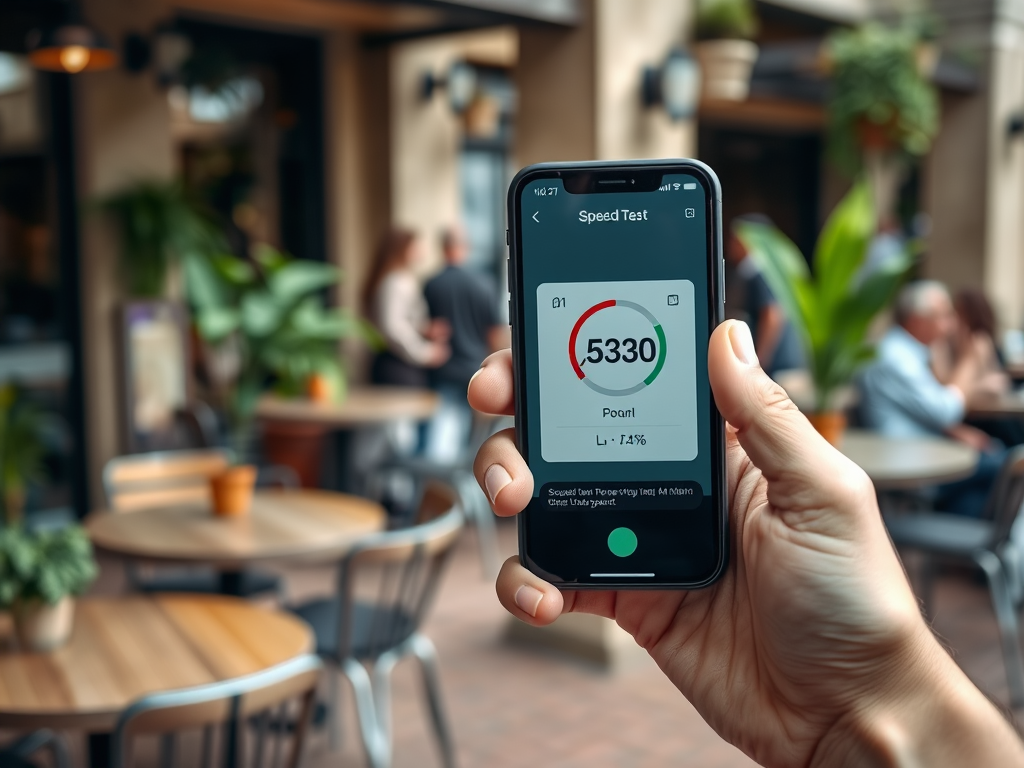In an increasingly connected world, the internet acts as the lifeblood that fuels our daily activities, from working remotely to streaming our favorite shows and connecting with friends. However, when connectivity issues rear their ugly heads, they can bring this digital symphony to a screeching halt. Many users find themselves grappling with slow speeds, dropped connections, or complete internet outages. The good news is that many of these frustrations can often be resolved without calling in the cavalry. By understanding the possible causes and applying a series of practical fixes, you can restore peace to your online experience. This article will guide you step by step through the process of troubleshooting and fixing your bad internet connection.
Let’s unravel the mystery together. Whether you are struggling with a weak Wi-Fi signal, your router acting up, or simply needing to contact your Internet Service Provider (ISP), each of these areas will be explored in depth. Identifying the specific issue often requires a methodical approach, allowing users to apply fixes in a systematic manner. We’ll provide actionable insights that not only address immediate concerns but also enhance your overall internet experience for the long haul.
Identify the Problem

Before jumping onto potential fixes, it’s crucial first to identify the problem. You can start by testing your internet speed using various tools available online. Comparing your actual speeds against the service tier you’re paying for serves as a useful diagnostic tool. Additionally, ascertain whether the connectivity issue is affecting just one device or multiple devices connected to the same network. Often, widespread issues may indicate a problem with the service itself, while isolated issues may suggest device-specific problems. Taking the time to perform these initial checks can save you from unnecessary troubleshooting.
Check Your Internet Speed
- Use speed test tools like Ookla’s Speedtest.
- Note the download and upload speeds.
- Compare results with your ISP’s advertised speeds.
Look for Connectivity Issues
- Check your device’s Wi-Fi connection status.
- Try connecting another device to the same network.
- Ensure your router is powered on and connected.
Restart Your Devices

Sometimes, the solution is as simple as turning your devices off and back on. A reboot can clear out temporary glitches and reset connections. Begin by unplugging your modem and router, waiting for about 30 seconds, and then plugging them back in. This process allows the hardware to reset and can often resolve underlying issues that other troubleshooting steps cannot. Following this, it’s also beneficial to reboot any connected devices, including computers or mobile phones, to ensure they are syncing up correctly with your network.
- Unplug both devices.
- Wait for 30 seconds.
- Plug them back in and wait for them to restart.
Optimize Wi-Fi Signal
Having a slow or inconsistent Wi-Fi signal often contributes significantly to bad internet experiences. You can implement several simple adjustments to improve the efficiency of your Wi-Fi signal. One of the most critical aspects is the placement of your router. Position it centrally in your home, away from walls and obstructions, which can block the signal. Additionally, you should minimize interference from other electronic devices; keep your router away from microwaves, cordless phones, and Bluetooth devices. These adjustments can lead to significant improvements and mitigate the frustrations of slow connectivity.
| Wi-Fi Signal Optimization Tips | Effectiveness |
|---|---|
| Central Router Placement | High |
| Avoid Electronic Interference | Medium |
| Use Wi-Fi Extenders | High |
| Regularly Update Firmware | Medium |
Update Firmware and Software
Outdated software can sometimes be the hidden culprit behind your bad internet connection. To counteract this, you should ensure your router firmware and device software are always kept updated. Accessing your router’s settings page will usually provide options for firmware updates. Most manufacturers recommend checking this at least once every few months. Moreover, also confirm that your device’s operating system and drivers are current. Frequent updates not only resolve security vulnerabilities but can also improve overall device performance.
- Log into your router’s settings page.
- Look for firmware update options.
- Follow the prompts to apply updates.
Check Your Network Settings
Improper network settings can lead to a variety of connectivity issues that users may not easily recognize. Begin by verifying your network configuration; check for settings related to DNS and IP addresses. If problems persist despite correct configurations, consider resetting your network settings to default. Reverting to default settings often resolves conflicts that arise from prior custom configurations. Just keep in mind that resetting will require you to set up your network again, including passwords and preferences.
- Inspect DNS settings.
- Check your IP address configuration.
- Ensure correct network protocols are being used.
Switch to a Wired Connection
When all else fails, transitioning to a wired connection can often provide the reliability that Wi-Fi may lack. Utilizing an Ethernet cable connects your device directly to the modem or router, significantly enhancing internet stability and speed. This simple switch can eliminate the interference caused by distance or physical barriers and should be considered especially if you’re facing persistent connectivity problems. Consider setting up a designated workspace with a reliable wired connection to ensure that your online activities run smoothly without disruption.
Contact Your Internet Service Provider (ISP)
If you have exhausted all potential solutions and your internet issues continue, it may be time to reach out to your Internet Service Provider. Preparing relevant information beforehand can enhance the efficiency of your communication. Document any patterns you’ve observed regarding the disconnections or slow speeds. Providing this data can help the ISP finally pinpoint and resolve the more significant issues that may be affecting their service.
- Document the types of issues experienced.
- Provide details about the devices affected.
- Specify any troubleshooting steps you have already taken.
Conclusion
Bad internet connections can be one of the most frustrating experiences for anyone in a connected world. Fortunately, there are numerous troubleshooting steps that can help you pinpoint the issue and implement effective fixes. By systematically identifying the root cause, optimizing your network setup, and engaging with professionals when necessary, you can improve your connectivity experience. Each of these solutions can contribute to a faster, more reliable internet connection, enabling you to engage seamlessly with all your online activities.
Frequently Asked Questions
- What are common causes of a bad internet connection?
- Outdated equipment (e.g., modem or router)
- Physical obstructions (walls, furniture)
- Network interference from other devices
- Improper network configuration
- How can I test my internet speed?
- Use online speed test tools like Ookla’s Speedtest or Fast.com.
- How often should I restart my modem and router?
- It’s a good practice to restart your modem and router at least once a month to clear temporary issues.
- What should I do if my internet speed is slower than what I pay for?
- Contact your ISP for support and troubleshooting.


